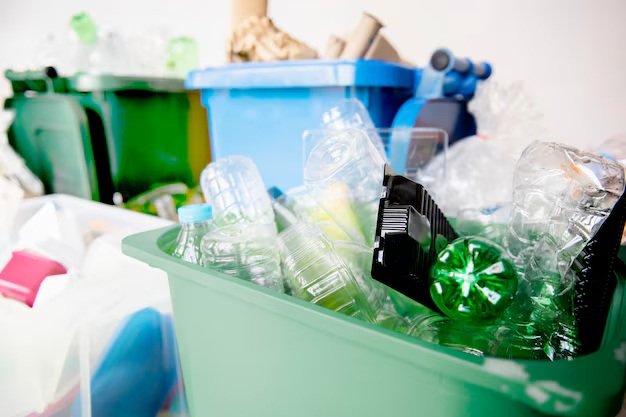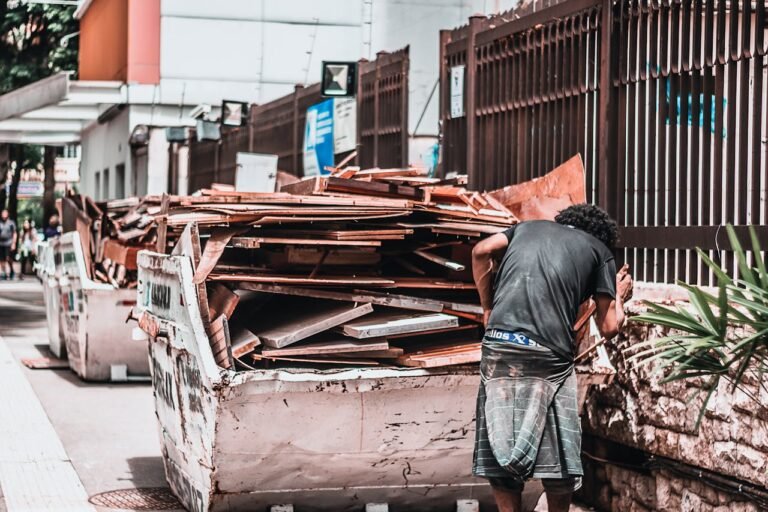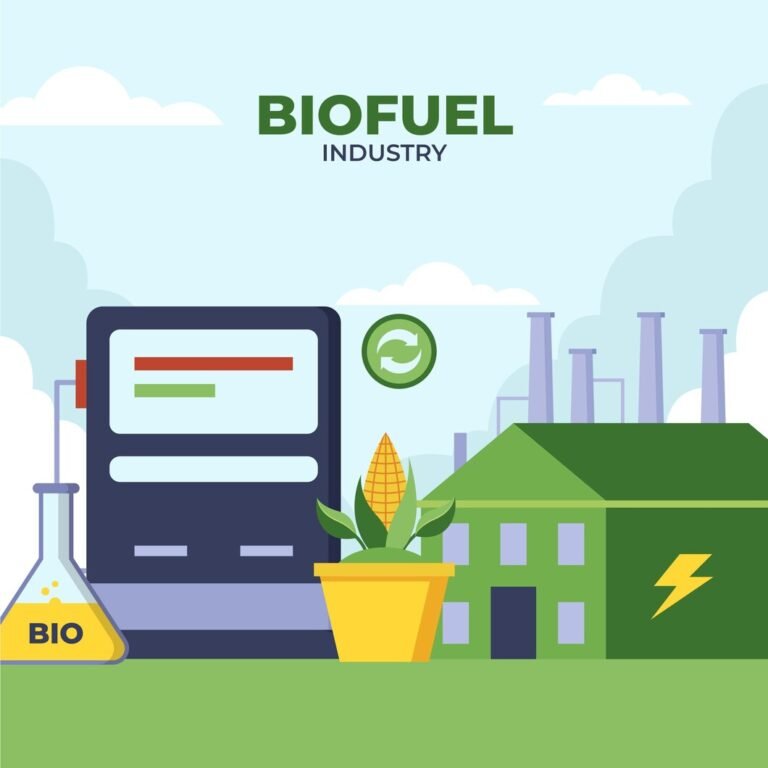Green AI Cuts Energy Use and Improves Recycling, Study Shows
In June 2025, an ambitious new paper unveiled a Green AI architecture designed to reshape how industries recover resources. According to Ranpara et al. (2025), the multi-layer framework they developed and tested on real‑world lithium‑ion battery recycling and urban waste systems delivered 25 % less energy use and 18 % higher resource recovery efficiency compared to traditional setups. It also raised classification accuracy in municipal waste sorting by around 20 % and cut transport emissions by 30%.
This is not just theoretical. In North America, Redwood Materials has repurposed end‑of‑life EV batteries into stationary energy storage powering AI data centres. They now handle over 20 GWh of batteries annually—about 90 % of recycled lithium‑ion in the region—and their systems reduce carbon emissions while enabling AI infrastructure growth. These examples show how energy‑efficient AI isn’t just reducing computations—it’s powering entire circular systems.

How the Architecture Works in Practice
The Green AI framework developed by Ranpara and colleagues combines several elements. It uses state‑of‑the‑art machine learning algorithms tailored for low computing power, lifecycle assessment models, and optimisation techniques like mixed integer linear programming to guide decisions about reuse and recycling. By modelling logistics, material flows, and process design, the framework lowers energy use and boosts recovery in systems like battery recycling plants and city waste sorting centres.
For instance, in the battery recycling case study, recovery of critical metals such as cobalt, nickel, and lithium increased by between 16 % and 20 %, while energy consumption dropped from roughly 20,000 kWh to 15,000 kWh, and CO₂ emissions declined by about 28 %.
Examples from Industry
A key real‑world illustration comes from municipalities adopting AI‑driven sorting systems. One urban council adopted deep learning‑based waste‑segregation hardware that sorts recyclables automatically with 98 % accuracy, thus diverting materials that would otherwise go to landfill. According to the project team, this improved recycling rates and cut collection costs and contamination.
Simultaneously, battery recycler Redwood Materials in Nevada is not only recovering valuable minerals but also deploying second‑life battery packs to supply off‑grid energy to AI compute clusters. Their first deployment provides 63 MWh/12 MW to an AI centre and demonstrates how circular reuse combines resource recovery with renewable power for compute workloads, reducing the need for new materials and fossil‑based energy.
Experts now widely endorse this approach. Elsa Olivetti of MIT warned that generative AI’s resource hunger touches every part of the lifecycle, not just electricity, but water use and embodied carbon in hardware too. Similarly, UNESCO and UCL researchers argue that small, task‑specific AI models or prompt engineering can slash energy use by up to 90 % without compromising quality. These principles are embraced in the Green AI architectural approach used by Ranpara et al., aiming for minimal energy overhead and maximised resource efficiency.
Case Study Table: Outcomes of AI‑Driven Recycling Framework
| Application | Baseline Performance | Green AI Framework Outcome |
|---|---|---|
| Energy consumption | ~20,000 kWh | ~15,000 kWh (−25 %) |
| Resource recovery rate | ~70 % | ~88 % (+18 %) |
| Waste sorting accuracy | ~80 % | ~96 % (+20 %) |
| Transport emissions | Baseline | −30 % via optimised logistics |
| Critical metal recovery | Individual metals (Co, Ni, Li) | +16–20 % improvement |
These results reflect data reported from simulations and real‑world pilot systems in battery recycling and urban waste sorting, demonstrating both environmental and economic benefits.
As the demand for AI grows, so does its environmental footprint—data‑centre energy use accounts for up to 2–4 % of national electricity in major economies. Conventional large‑scale models intensify this demand, consuming far more energy per task than leaner, purpose‑built systems. The Green AI architecture counters that by integrating efficiency right into the system design, so that resource recovery becomes smarter and less wasteful.
Actionable Advice: How to Apply Green AI for Circular Benefits
To carry these real‑world insights into practical action, here’s what organisations can do:
- Partner with AI providers that prioritise energy‑aware architectures and minimal compute overhead.
- Begin small‑scale pilots in areas like battery recycling or waste sorting—use real datasets and logistic flows to test recovery gains.
- Apply lifecycle and logistics optimisation models to map resource flows and energy use, leveraging mixed‑integer linear programming or digital twin simulations.
- Choose specialised, task‑specific models instead of oversized general language models—this can reduce energy use by up to 90 % while maintaining high accuracy.
- Monitor classical sustainability metrics—energy consumption, emissions, recovery rates—and benchmark against traditional approaches.
- Share results openly to build trust among communities and regulators, and to support wider adoption of circular, Green AI systems.
Conclusion
By combining carefully designed algorithms, process optimisation, and tighter integration with resource‑recovery pathways, the new Green AI framework delivers 25 % less energy use and 18 % better recycling performance. It’s not hypothetical—it reflects gains seen in battery and waste systems on the ground. As urban areas and industry look to more sustainable infrastructure, this approach shows that advanced AI can be both powerful and planet‑friendly.
The future of AI need not be energy‑hungry—if we build it green from the ground up, we can process, recover, and recycle smarter, cleaner and at scale.







